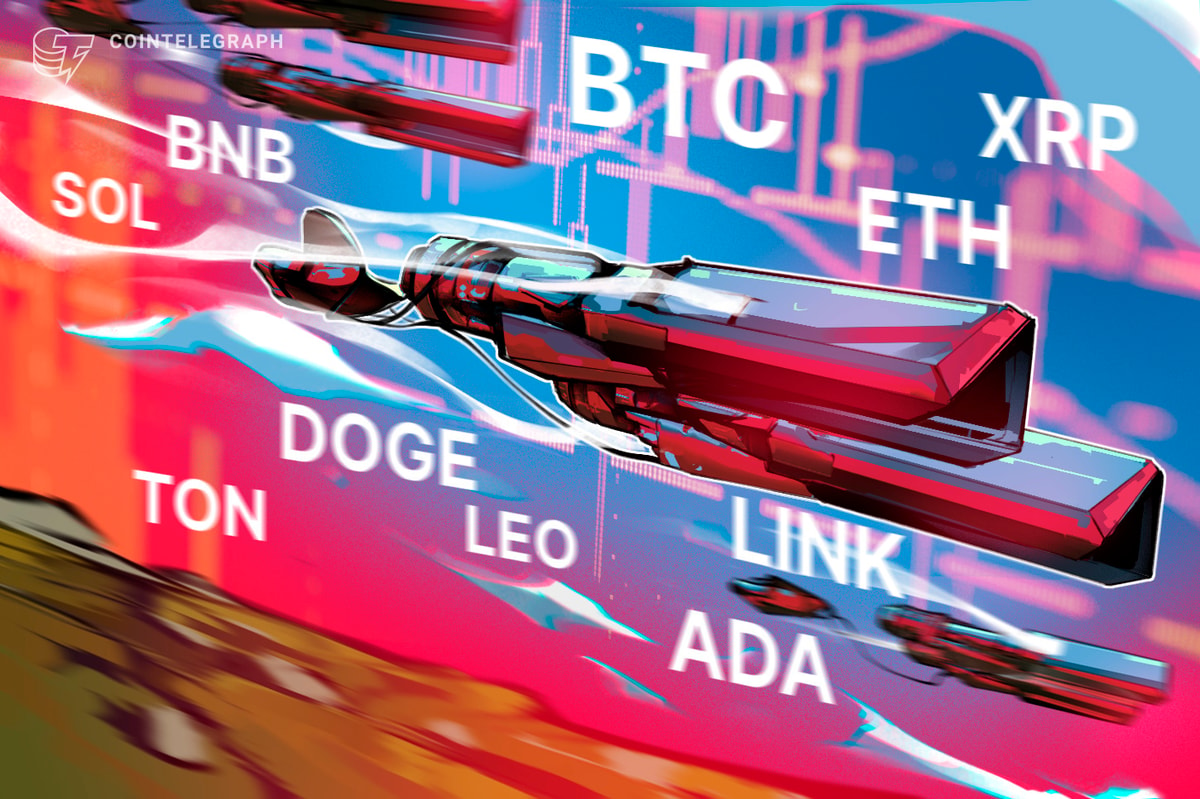A MultiPoS consensus blockchain and decentralized real-time application platform has revealed how it plans to move away from mining technology in favor of forging — arguing that a multi proof-of-stake method is more effective and rational for its users.
#MetaHash says forging does not require expensive hardware that’s packed with computational power, which is one of the reasons why mining is so energy intensive, expensive and inaccessible to some crypto enthusiasts. By comparison, forging can be achieved through common web servers and even home PCs which have access to a reliable internet connection.
The company has unveiled a “simple and transparent” process for distributing rewards once transactions are validated. While 50 percent would be shared among holders of #MetaHashCoin (#MHC), 40 percent is devoted to node owners — with the final 10 percent being divided among active users of #MetaGate.
#MetaGate is a browser where decentralized applications — built using “revolutionary platform” called #MetaApps — can be accessed. The startup claims that software constructed through its platform benefits from a graphical user interface that’s comparable with web services that are known, loved and regularly used by the public at present.
In a blog post, the company explained: “Mining amounts to the solution of a math problem with the possibility of further verification by any other member of the network. #MetaHash changes this principle. Forging on our platform means forming the block together with all network members and simultaneous [sic] dividing commissions between all users (depending on how many transactions a particular user processed).”
According to #MetaHash, its first forging initiatives are scheduled to begin in earnest from August onwards.
MainNet launches
As reported by Cointelegraph, the company recently launched a “lightning fast” protocol known as #TraceChain, which can approve transactions in under three seconds.
#MetaHash says it has opened its mainnet following months of load tests — with the end results showing that the platform regularly exceeded its advertised capacity of 60,000 transactions per second. That’s the equivalent of an estimated five billion transactions on a daily basis. During the test phase, the startup estimated that more than 500 billion transactions were processed.
Describing its #TraceChain-based platform, the company said: “It offers unparalleled speed, security and decentralization at the lowest price per transaction in the history of blockchain.”
The company has launched a queue-based coin sale at 12:00 UTC on 29 June 2018 — paving the way for interested contributors to purchase #MHC in either Ethereum or Bitcoin. It says that 920 million coins are being distributed during its coin offering, with a goal of raising $36 million.
Looking beyond its token sale, #MetaHash has bold plans to further improve the four components that comprise its platform. This includes the final release of its #MetaGate wallet, which will be available on iOS and Android as well as Mac OS X, Windows and Linux. The company also aims to announce fresh details of its future development strategy in the fourth quarter of the year. By the start of 2019, “extensive security testing” will be taking place — and this will be followed by the release of its source code and the launch of a fully decentralized system.
Disclaimer. Cointelegraph does not endorse any content or product on this page. While we aim at providing you all important information that we could obtain, readers should do their own research before taking any actions related to the company and carry full responsibility for their decisions, nor this article can be considered as an investment advice.











